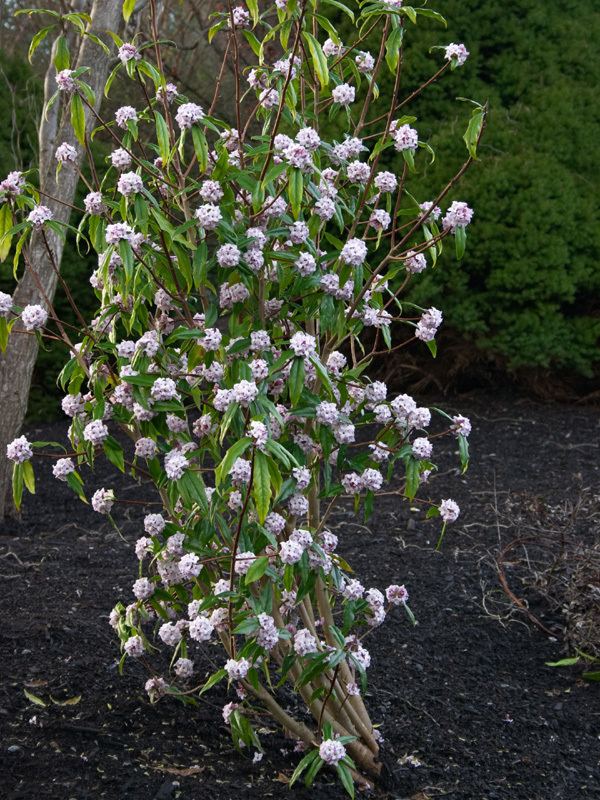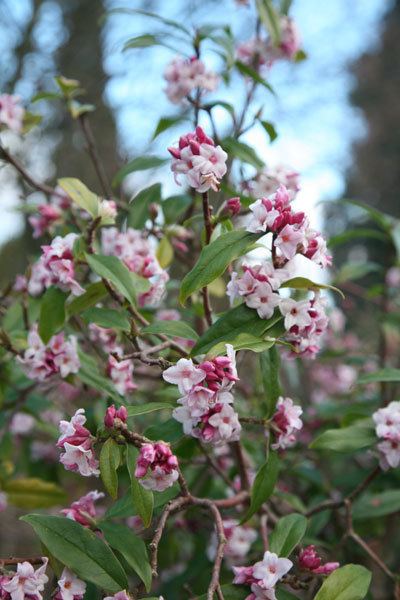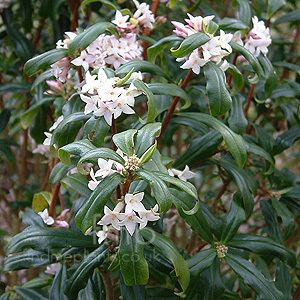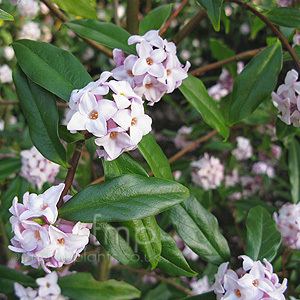Genus Daphne Rank Species | ||
 | ||
Similar Spurge laurels, Daphne tangutica, Daphne laureola, Daphne pontica, Daphne cneorum | ||
Daphne bholua jacqueline postill
Daphne bholua, the Nepalese paper plant, is a species of flowering shrub in the genus Daphne of the family Thymelaeaceae. It grows at altitudes of 1,700–3,500 m (5,577–11,483 ft) in the Himalayas and neighbouring mountain ranges, from Nepal to southern China. At lower altitudes it is found as an evergreen in thickets and forest margins; at higher altitudes, it is deciduous and is usually found in pastures and grassy glades. It usually reaches a height of about 2.5 m (8 ft 2 in), though some specimens reach 4 m (13 ft) or more.
Contents
- Daphne bholua jacqueline postill
- January greenhouse daphne bholua jacqueline postill
- Range
- Uses
- Requirements
- Propagation
- Cultivars
- References

Daphne bholua has leathery leaves and deep pink flowers with a powerful fragrance, and a number of named cultivars have been bred and are grown as garden plants in Europe and North America.

January greenhouse daphne bholua jacqueline postill
Range

D. bholua has a wide range in the Himalayas and adjoining ranges, from Nepal through Bhutan, Bangladesh, Myanmar and Vietnam, into Sichuan and north-west Yunnan.
In Nepal, the plant's common name is "baruwa"; in Tibet it is "chu chu".
Uses

D. bohlua is one of a number of species of Daphne that are used in traditional paper-making in Nepal, hence its common English name of "paper daphne".
The inner bark also yields a fibre that is used to make rope.

Although all parts of the plant are said to be poisonous, the bark and roots are used in traditional medicine in Nepal to treat fevers.
Requirements

Most cultivars of Daphne bholua will grow in alkaline or acidic soils, though shallow chalky soils and light sandy soils, which dry out in hot weather, are unsuitable: a steady supply of moisture is essential during the growing season. A position that is sheltered both from the full sun and from strong winds is preferred.
Propagation
Because cultivated varieties of D bholua flower in winter, they tend not to produce much seed, and the seed has a short period of viability, so must be sown soon after collection, under gentle heat. Germination is usually complete within six to eight weeks. Plants sown from seed produce their first flowers after three or four years.
Most cultivars are very difficult to propagate from cutting, being slow to root and to establish: D. bholua f. alba and D. bohlua 'Darjeeling' are reported to be the easiest cultivars to propagate from cuttings.
In view of the difficulties of growing from seed or cuttings, cultivars have traditionally been propagated by grafting cuttings onto the rootstock of a related species, usually D. longilobata or D. mezereum, which are more easily grown from seed. Even this is not reliable: plants that have grown well for eight to ten years may die suddenly when the root system collapses.
In recent years, some cultivars have been multiplied by micropropagation. Micropropagated plants produce suckers, like the wild species, so that even if the main stem dies, the suckers ensure that the plant will continue to flourish.
Cultivars
Among the more popular cultivars are:
